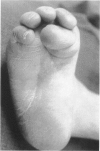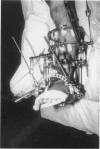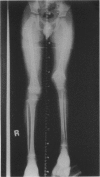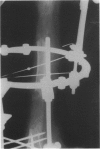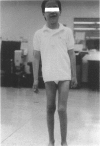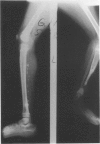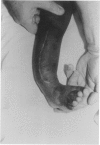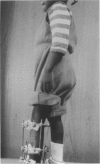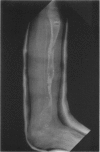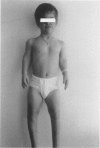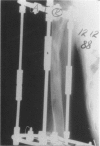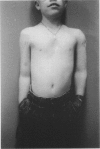Abstract
A new "bloodless" technique (Ilizarov) was used to correct 36 limb deformities in 29 children. There were six leg length discrepancies, five achondroplasias, four deformed feet, five joint contractures, one rotational deformity of tibia, and in three the apparatus was used as an external fixator after corrective osteotomy. Lengthening was accomplished in 15 of the 16 procedures (93%). Average increase in femur length was 10 cm (32%), in tibial length 7.5 cm (30%), in humerus 11 cm (40%). Bony union was achieved in two out of five pseudoarthroses. Four deformed feet were fully corrected. Joint contractures were corrected in four out of five. The complication rate is as high as in other methods but with the Ilizarov apparatus, longer segments of bone were lengthened and more complex deformities were treated. Complications lessened as experience was gained.
Full text
PDF



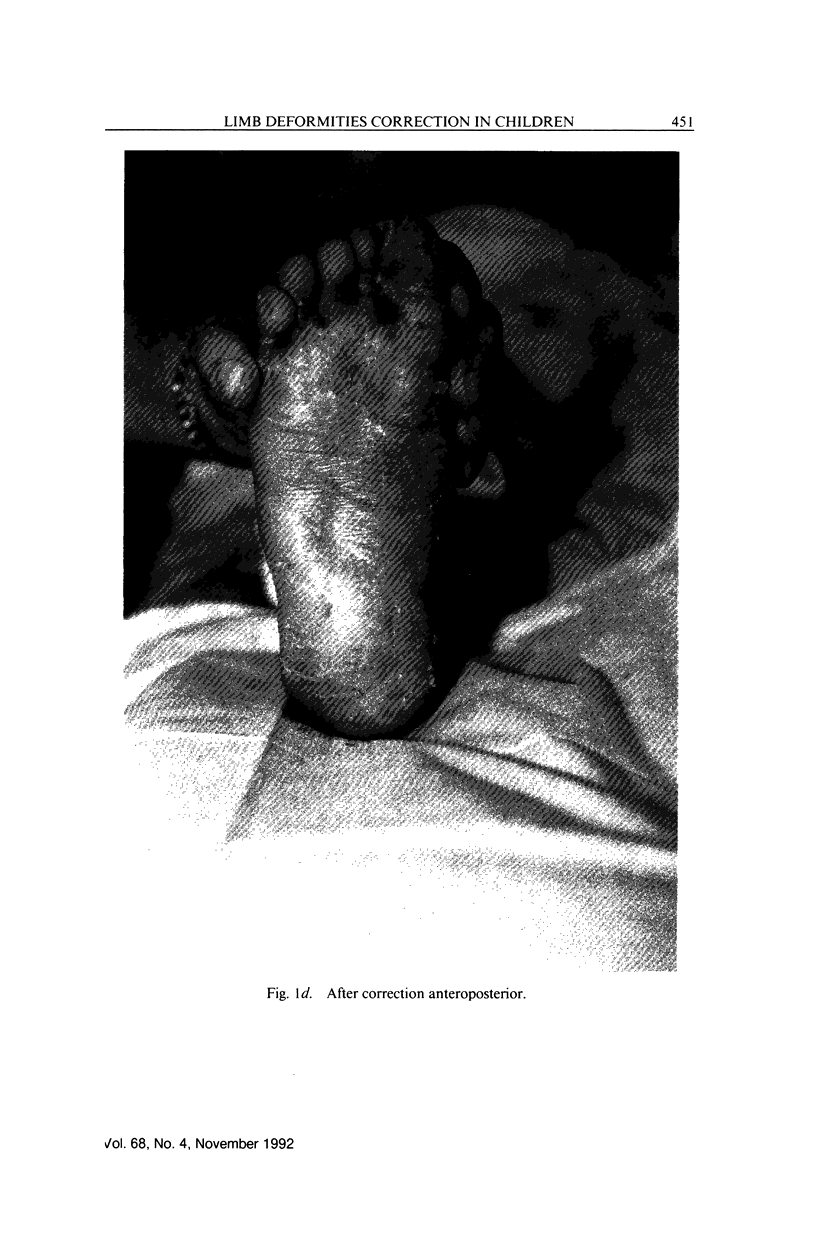

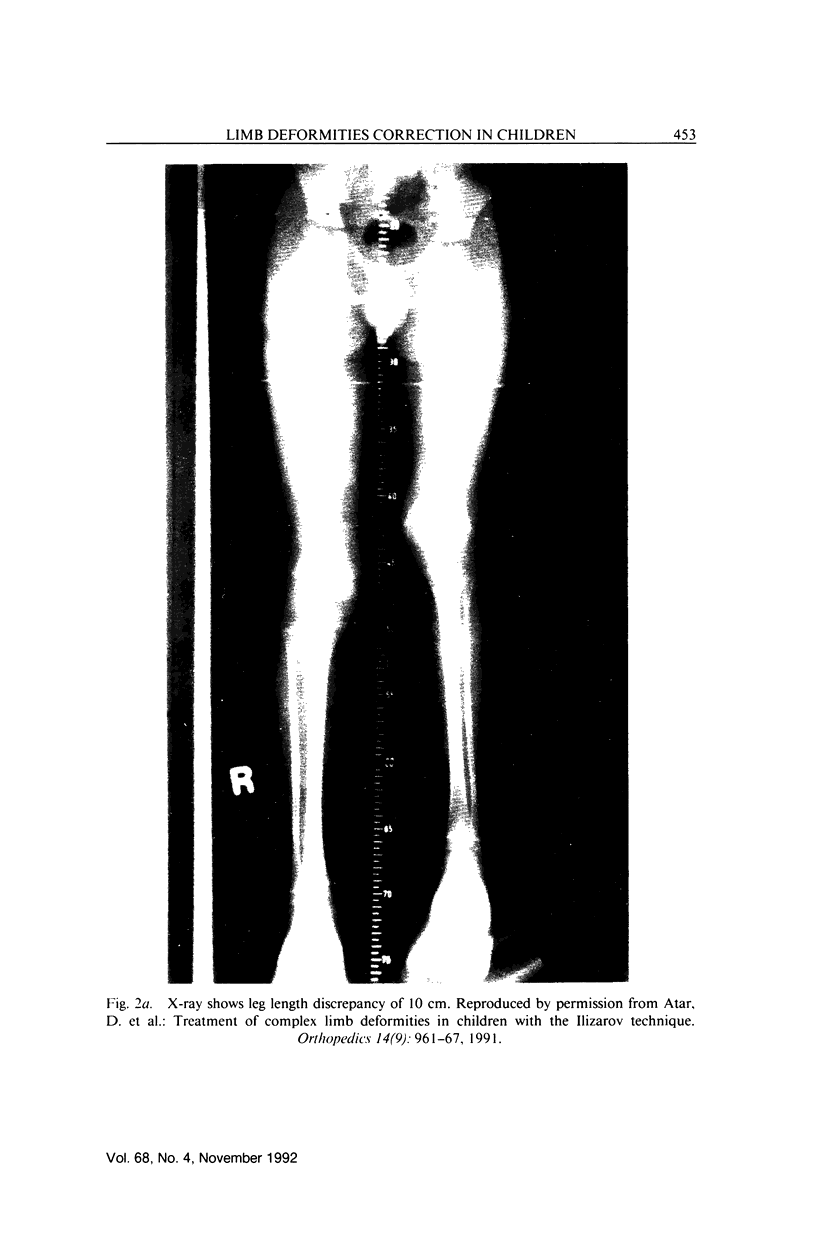

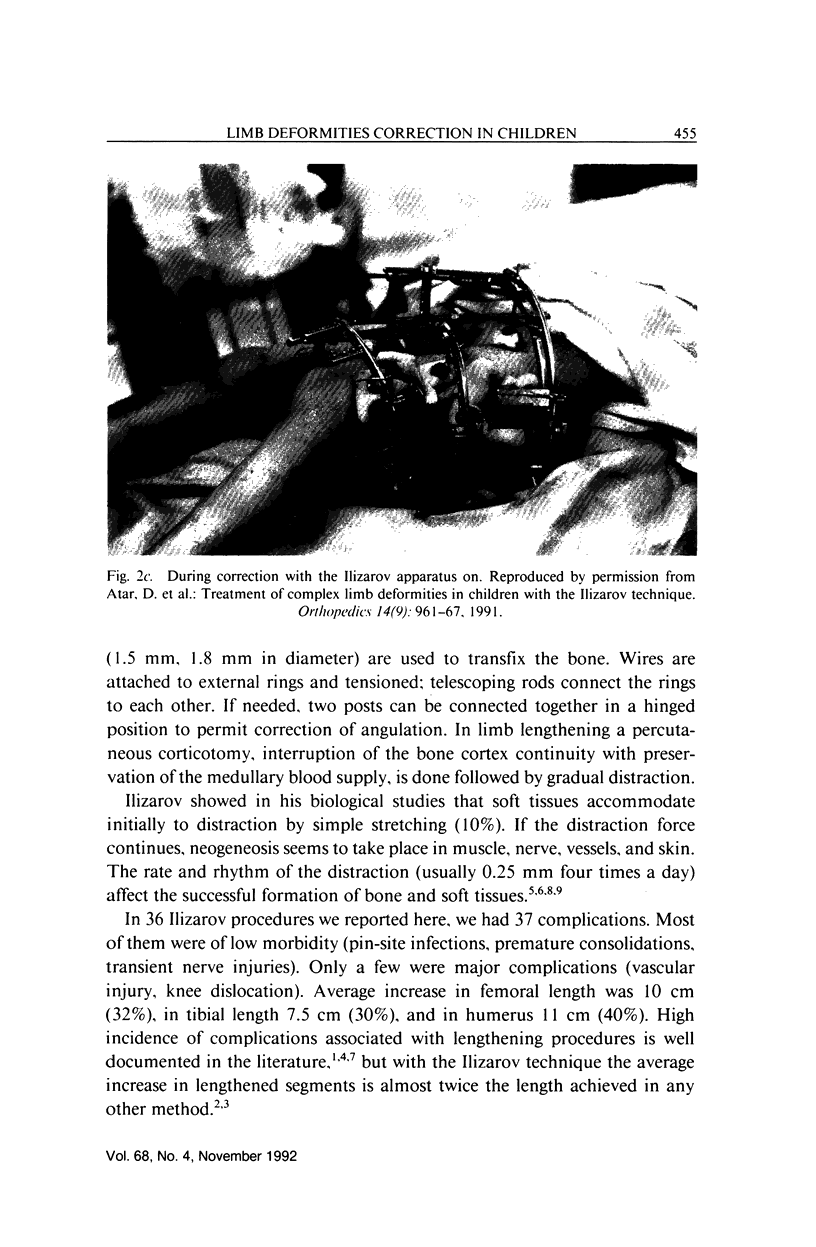






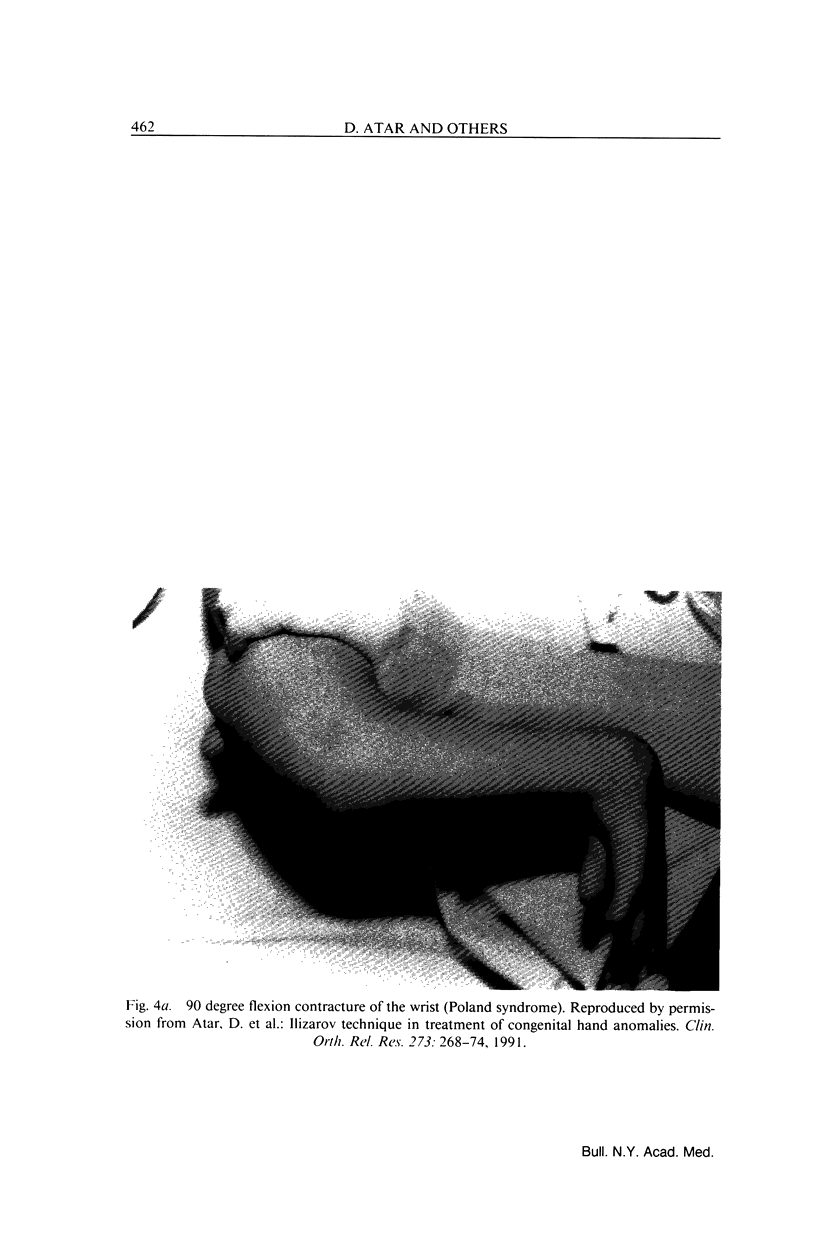






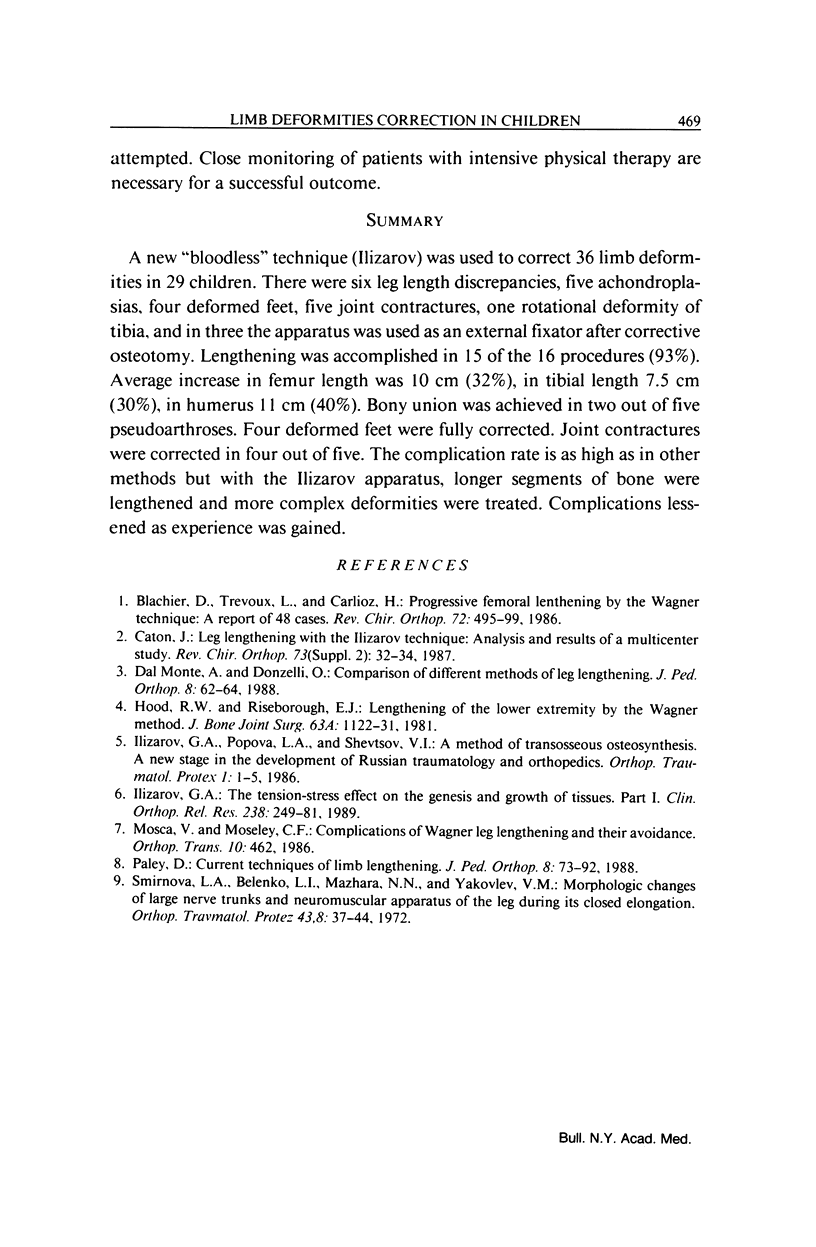
Images in this article
Selected References
These references are in PubMed. This may not be the complete list of references from this article.
- Blachier D., Trévoux L., Carlioz H. Allongements progressifs du fémur selon la technique de Wagner. A propos de 48 cas. Rev Chir Orthop Reparatrice Appar Mot. 1986;72(7):495–499. [PubMed] [Google Scholar]
- Dal Monte A., Donzelli O. Comparison of different methods of leg lengthening. J Pediatr Orthop. 1988 Jan-Feb;8(1):62–64. doi: 10.1097/01241398-198801000-00014. [DOI] [PubMed] [Google Scholar]
- Hood R. W., Riseborough E. J. Lengthening of the lower extremity by the Wagner method. A review of the Boston Children's Hospital Experience. J Bone Joint Surg Am. 1981 Sep;63(7):1122–1131. [PubMed] [Google Scholar]
- Paley D. Current techniques of limb lengthening. J Pediatr Orthop. 1988 Jan-Feb;8(1):73–92. doi: 10.1097/01241398-198801000-00018. [DOI] [PubMed] [Google Scholar]




